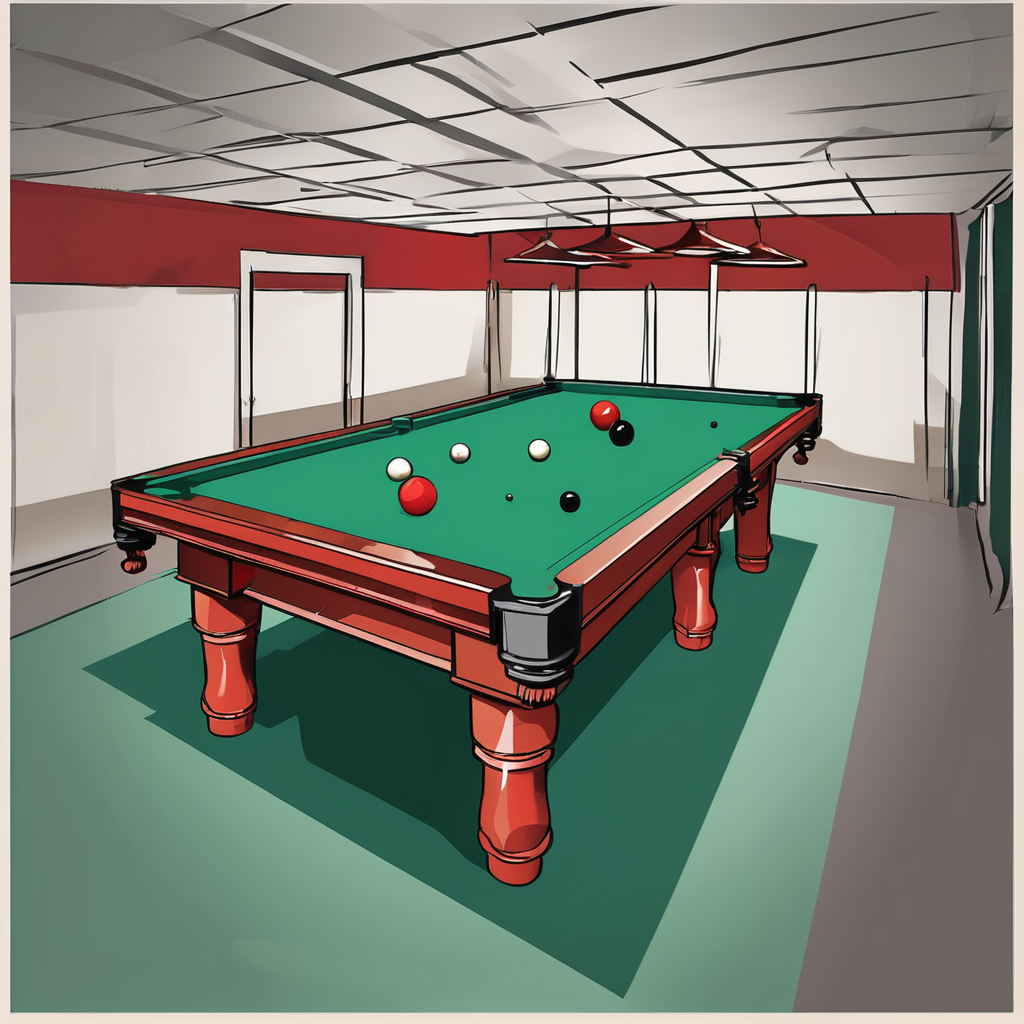Essential Physical Recovery Techniques for Polo Athletes
Effective polo athlete recovery hinges on immediate post-match measures that replenish and repair the body. Hydration strategies are paramount, as dehydration can severely impact muscle function and cognitive alertness. Drinking electrolyte-rich fluids right after a game ensures rapid restoration of lost minerals and supports optimal muscle recovery. Alongside hydration, nutrition for recovery plays a critical role. Consuming a balanced intake of proteins and carbohydrates within 30 minutes post-match helps kickstart muscle repair and glycogen replenishment.
Targeted stretching routines tailored to polo’s unique physical demands facilitate better post-match physical recovery. Dynamic stretches during warm-downs ease muscle tension and improve blood flow, reducing soreness and stiffness. Specific cool-down exercises focus on areas like hips, back, and shoulders, which experience high strain during play.
Also read : Unlocking stamina: key techniques for rower success in marathon races
Rest practices also matter significantly. Allowing muscles adequate time for repair—typically 48 hours of quality rest between matches—supports strength gains and prevents overuse injuries. Combining hydration, nutrition, stretching, and rest forms the foundation of any effective polo athlete recovery strategy.
Mental Recovery and Psychological Resilience
Mental recovery for athletes is as crucial as physical recovery for maintaining peak performance. Polo players often face intense focus demands and high-pressure situations, making mindfulness for polo players an effective tool. Mindfulness practices help reduce stress and improve concentration by encouraging present-moment awareness. Implementing simple breathing exercises or guided meditation post-match supports faster mental reset.
Additional reading : Triathlete victory: mastering mental techniques to overcome mid-race exhaustion
Sports psychology techniques further enhance mental recovery for athletes by addressing anxiety, motivation, and mental fatigue. Techniques like visualization and positive self-talk train athletes to manage pressure and maintain confidence during and after games. Integrating these cognitive tools alongside post-match physical recovery routines creates a holistic approach to recovery.
Professional polo athletes benefit significantly from sports psychology support, seeing improvements in resilience and emotional regulation. Encouraging polo players to adopt mindfulness and psychological strategies fosters sustained mental well-being, helping them bounce back quicker and stay engaged throughout competitive seasons. In essence, mental recovery strengthens the foundation for physical endurance and overall performance.
Expert-Recommended Tools and Recovery Routines
Using the right athlete recovery tools can significantly enhance polo athlete recovery by accelerating muscle repair and easing soreness. Foam rollers are widely recommended for self-myofascial release, effectively loosening tight muscles and improving blood flow. Massage guns deliver targeted percussive therapy, reducing muscle knots and speeding up post-match physical recovery. Incorporating these devices into daily routines helps maintain muscle elasticity and reduces downtime.
Recommended recovery routines for polo should balance rest with active recovery. Professionals often follow a structured week combining light cardio, stretching, and tool-assisted massage to prevent stiffness and promote circulation. For example, after a match, athletes might use foam rolling and gentle stretching, followed by massage gun sessions later in the day or the next morning.
Case studies from professional polo players reveal that consistent use of recovery devices alongside hydration strategies and nutrition for recovery results in less muscle fatigue and enhanced performance. Integrating these tools into daily and weekly recovery protocols ensures sustained physical readiness, allowing athletes to compete at their best while minimizing injury risks.
Injury Prevention and Long-Term Performance Enhancement
Injury prevention in polo is vital due to the sport’s high-impact nature and frequent physical demands. Common injuries involve shoulders, knees, and wrists, often caused by sudden movements or falls. Implementing long-term recovery strategies such as periodisation—systematically varying training intensity and recovery—helps maintain muscle strength without overloading tissues.
Athletes benefit from focusing on performance boosting techniques like proprioceptive training and functional strength exercises. These improve joint stability and muscle coordination, reducing injury risk over time. Regular assessments enable early detection of fatigue or strain, allowing adjustments to recovery protocols before problems arise.
Monitoring recovery closely includes tracking soreness, sleep quality, and overall wellness. Adjusting rest periods and incorporating active recovery days based on such feedback sustains improvements. This structured approach supports continuous enhancement, enabling polo players to remain competitive and resilient through demanding seasons. Prioritising injury prevention alongside recovery maximises both immediate performance and longevity in the sport.
